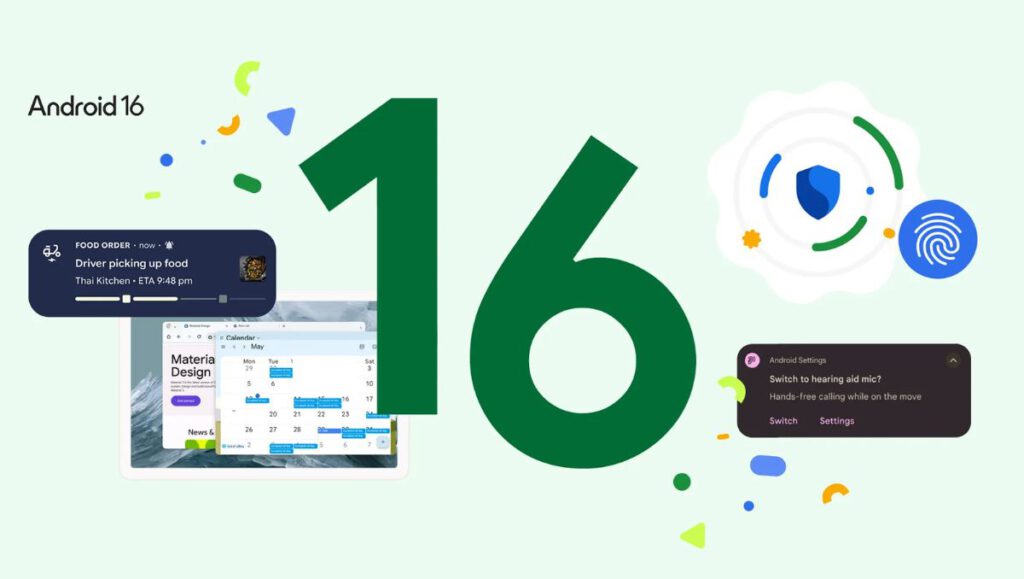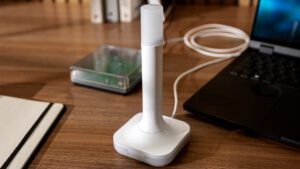Google has officially launched the first stable release of Android 16, beginning with supported Pixel devices, marking its earliest major OS rollout in recent years. The update introduces several new features, including real-time Live Updates, improved security with Advanced Protection, and future enhancements like the new Material 3 Expressive design language and desktop-style experiences for tablets and large-screen devices.
✨New✨ features that will give you(r device) main character energy.
Learn more about the updates on Android: 👇👇👇 https://t.co/QOTL0xf8L6
— Android (@Android) June 10, 2025
While Pixel users are first in line, other Android phones will gradually receive the update over the coming weeks. The update also includes improvements in accessibility, privacy, and productivity, making it a significant step forward for the Android ecosystem.
Google has officially begun rolling out Android 16, starting with eligible Pixel devices enrolled in the Android Beta for Pixel program. The update is being pushed over-the-air (OTA) and includes support for a wide range of Pixel hardware, including the Pixel 9 and 9a, Pixel 8 series, Pixel Tablet, Pixel Fold, and even the older Pixel 7 and 6 series. Users can manually check for the update by heading to Settings > System > Software update > System update > Check for updates.
ALSO SEE: Liquid Glass UI Sparks Drama: Did Tim Cook Really Fire the Designer?
While Pixel users are the first to receive Android 16, Google confirms that other smartphone brands will begin rolling out the update to their devices over the coming months. This staggered release strategy is consistent with past Android launches, giving non-Pixel users something to look forward to as the update becomes more widely available.
✨New updates.✨ Find out what’s coming in Android 16. Learn more: https://t.co/hVtgGtRjoH
— Android (@Android) June 10, 2025
Android 16: What’s New?
Google has detailed several standout features in Android 16, including a new forced notification auto-grouping system that bundles multiple notifications from the same app into a single alert to reduce clutter. One of the most notable additions is Live Updates, which mimics iOS’s Live Activities by showing real-time updates for ride-sharing and food delivery services directly on the lock screen. Google also confirmed it’s working with Samsung, Oppo, and OnePlus to integrate this feature into their custom UI experiences.
Advanced Protection is another key upgrade, designed to act as a unified control hub for defending users against malicious websites, scam calls, and phishing attempts. It integrates with native Google apps like Chrome, Messages, and Phone, with plans to support third-party apps as well. Android 16 also includes enhanced accessibility features, such as seamless control of hearing aid devices through front-facing microphones or LE Audio for clearer phone calls.
Looking ahead, Android 16 will bring desktop windowing capabilities, developed in collaboration with Samsung, allowing users to resize, move, and manage multiple app windows simultaneously on large-screen devices—similar to Samsung DeX. This feature will support single or split-screen views for multitasking. Additionally, the Material 3 Expressive design, introduced at Google I/O 2025, will become widely available with the Android 16 QPR1 stable update set to launch next month.
ALSO SEE: Google Quietly Trims Workforce by Offering Buyouts to Hundreds, Including in Its Core Search Team




